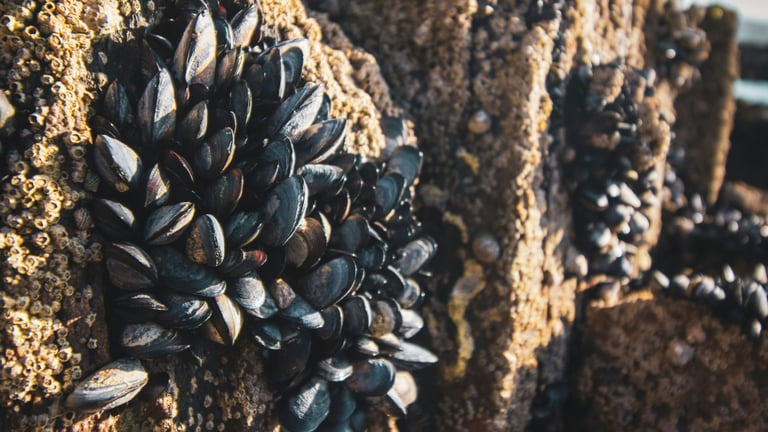Innovative Solutions Tackle Plastic Pollution: From Bioengineered Adhesives to Self-Destructing Plastics
October 9, 2024
Plastic pollution poses a critical global challenge, with an estimated 22 million tonnes of plastic waste leaking into the environment in 2019, a figure projected to double by 2060.
Each year, approximately 20 million metric tons of plastic waste enters the world's waterways, exacerbating environmental degradation.
In response to this pressing issue, innovative solutions are emerging from various organizations, including academic researchers and startups.
Researchers at Rice University have developed a nature-inspired adhesive utilizing bioengineered microorganisms to tackle marine plastic pollution.
This technology enhances the adhesion of bacteria to polyethylene terephthalate (PET), a major component of plastic waste that is notoriously difficult to break down.
By incorporating polyethylene terephthalate hydrolases into the adhesive, researchers enable the breakdown of PET into smaller molecules through biorecycling.
Tests have shown a remarkable 400-fold improvement in the bacteria's ability to cling to plastic at 37 degrees Celsius, leading to significant degradation of plastics overnight.
In another innovative approach, E.V.A Biosystems, a startup from the University of Edinburgh, has created a 'smart' plastic that self-destructs in water without producing harmful microplastics.
Dr. Alexander Speakman, founder of E.V.A, highlights that their technology enhances existing plastics, allowing them to decompose inappropriately discarded locations.
E.V.A's innovation earned recognition by winning the top prize in the Net Zero category at the Converge Awards, along with a cash prize of £30,000 and additional business-development support.
Additionally, an adhesive inspired by the stickiness of mussels, which uses a naturally occurring amino acid called 3,4-dihydroxyphenylalanine (DOPA), has been developed to prevent biofouling on various surfaces.
This mussel-inspired adhesive could protect underwater structures, such as pipes and ship hulls, from the accumulation of algae and barnacles, enhancing their longevity and effectiveness.
Summary based on 2 sources
Get a daily email with more Science stories
Sources

ExtremeTech • Oct 9, 2024
Mussel-Inspired Adhesive Breaks Down Plastic, Could Prevent Biofouling
Sustainable Brands • Oct 9, 2024
Bioengineering, Biomimicry Spawn Novel Solutions to Marine Plastic Pollution | Sustainable Brands